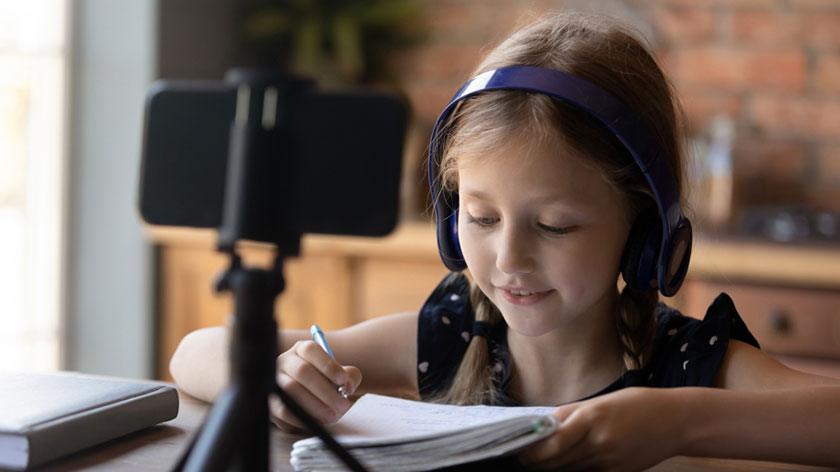Navigation auf uzh.ch
Navigation auf uzh.ch

In this study, as part of transdisciplinary research network NCCR Evolving Language, we investigate the function of brain networks and the mechanisms involved in learning audiovisual representations of written and spoken language. We are interested in how primary school children with different reading skills – both those with difficulties and those with good reading skills – learn new associations between speech sounds (phonemes) and unfamiliar "pseudo-letters". We measure brain activity before, during and after learning, using electroencephalography or functional magnetic resonance imaging to look at characters.
Mathematical learning models help us to characterise individual learning processes more precisely and to identify possible differences in children's learning progress. New findings resulting from such learning tasks could contribute to improved early detection of children with dyslexia in the future.